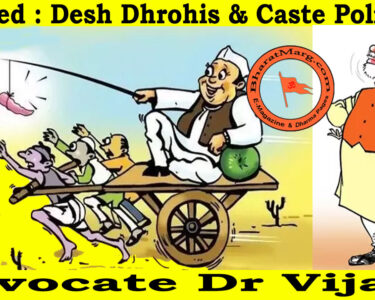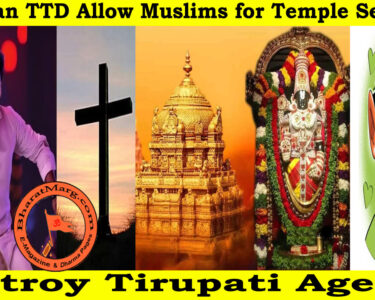Razakars (Hyderabad)
Razakar units being trained from Muslim volunteers
Private militia organised by Qasim Razvi
Legal status Affiliated to the MIM
Headquarters Hyderabad
Location
Princely State of Hyderabad
Coordinates House of Nizams and Nizam Army
Region served
Hyderabad State
Leader Qasim Razvi
Parent organisation
Majlis-e-Ittehadul Muslimeen
The Razakars were a private militia organised by Qasim Razvi to support the rule of Nizam Osman Ali Khan, Asaf Jah VII and resist the integration of Hyderabad State into the Dominion of India. They also attempted to make the Nizam accede his princely state to Pakistan instead of India.
To counter the Razakars, people of Telangana under the leadership of Swami Ramanand Tirtha formed the Andhra Hindu Mahasabha which sought integration of the state with rest of India. Razakars were responsible for the killing, rape, and brutal murder of many people in the Telangana and Marathwada region who were driven out.
Eventually, the Indian Army routed the Razakars during Operation Polo. Qasim Razvi was initially jailed and then allowed to move to Pakistan where he was granted asylum.
History-
Qasim Razvi, the leader of Razakars
The princely state of Hyderabad was a Hindu-majority state that was ruled by the Muslim Nizam. When India became independent in 1947, like all the other Princely states, the Hyderabad State was also given the choice of either joining India or Pakistan. The Nizam wanted neither- he wanted to remain independent. The Nizam finally entered into a standstill agreement with India on 29 November 1947 to maintain status quo.
Hyderabad state had been steadily becoming more theocratic since the beginning of the 20th century. In 1926, Mahmud Nawaz Khan, a retired Hyderabad official, founded the Majlis-e-Ittehad-ul-Muslimeen (also known as Ittehad or MIM). “Its objectives were to unite the Muslims in the State in support of Nizam and to reduce the Hindu majority by large-scale conversion to Islam”.
The MIM became a powerful communal organization, with the principal focus to marginalize the political aspirations of Hindus and moderate Muslims.
MIM “had its storm troopers in the Razakars who were headed by Kasim Razvi, a Muslim educated at Aligarh University who claimed Hyderabad was a Muslim state and that Muslim supremacy was based upon the right of conquest”.
This in a princedom where only 14% of the population was Muslim. The Razakars demanded special powers from the Nizam, which they started to misuse and the helpless Nizam had to abide by their dictates.
The Nizam sent a delegation to the United Nations to refer the Hyderabad State case to the UN Security Council. Qasim Rizvi and the Razakars had the additional agenda to persuade the Nizam to accede to Pakistan, instead of remaining independent of both India and Pakistan.
The Razakar militia brutally put down the armed revolts by Communists and the Peasantry and even eliminated patriotic Hyderabadi Muslims such as Shoebullah Khan who advocated merger with India. Countless Hindu “women became victims of rape and kidnapping by Razakars. Thousands went to jail and braved the cruelties perpetuated by the oppressive administration. Due to the activities of the Razakars, thousands of Hindus had to flee from the state and take shelter in various camps”.
An official estimate is hard to come by, but tens of thousands of Hindus and progressive Muslims are thought to have been killed. The state unit of the Indian National Congress was banned and its leaders forced to flee to Vijaywada or Bombay. The Communist Party of India also became active in defending the general population from the Muslim Razakar militia.
Finally, Sardar Vallabhbhai Patel, the Indian Minister for Home Affairs, decided to undertake “police action” in Hyderabad State to force the King Nizam’s hand. Operation Polo was launched and the Indian Army, led by Major General J. N. Chaudhuri, entered the state from five directions. The Razakars fought briefly against the overwhelming attack by Indian forces before surrendering on 18 September 1948. Mir Laik Ali, the Prime Minister of the Nizam, and Qasim Rizvi were arrested. On 23 September, the Nizam was forced to withdraw his complaint from the UN Security Council. The merger of Hyderabad into the Indian Union was announced. Major General Chaudhuri took over as military governor of Hyderabad and stayed in that position till the end of 1949. In January 1950, M. K. Vellodi, a senior civil servant was made the Chief Minister of the state and the Nizam was given the ceremonial position of “Raj Pramukh” or “Governor”.
The Pandit Sunderlal Committee Report estimated that between 27,000 to 40,000 people, mostly Muslims, lost their lives in the violence that ensued the operation.
Disbanded-
The Razakars were disbanded after the merger of Hyderabad with India and the Majlis-e-Ittehadul Muslimeen was banned—though it was rechartered under the Congress government as All India MIM (AIMIM) in 1957. Qasim Rizvi was jailed and served in Indian prisons for almost a decade. He was released only on an undertaking that he would migrate to Pakistan within forty-eight hours of his release.He was granted asylum in Pakistan.





2 Comments